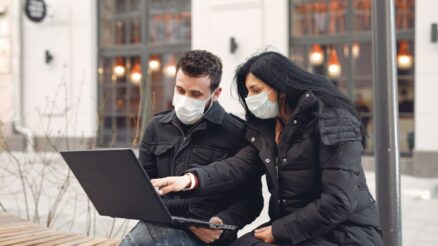If you are frequently troubled by a sore back, you are far from alone, over 600 million people worldwide are reported to suffer from chronic lower back pain. At least four out of five people will experience back pain at some point in their lives, causing it to be the second most common cause for doctor visits!
If you are one of the many, many people who are afflicted with this debilitating condition, don’t worry, because help is available in the form of clinical lower back pain treatment that can make a huge difference in how you feel, and in most cases, remove the symptoms entirely! It is highly advisable that you begin the healing process they can prescribe as soon as possible to avoid further discomfort and injury. If you are not currently experiencing lower back pain, that’s great, but it is still a danger. Here are some tips to help you avoid falling victim to this troubling and all-too-common affliction:
Exercise – This is at the top of nearly every health improvement list and with good reason! Getting a daily dose of proper exercise can prevent back pain and a lot more. Be sure to set some personal fitness goals to ensure that you maintain a happy healthy body. Walking, yoga, light weightlifting, cycling, swimming- all of these have proven health benefits, so get out there and get moving, your back will thank you for it!
Weight – Going hand in hand with exercise is watching our weight. Those extra kilos you are carrying around, especially those in your midsection, can cause and exacerbate back pain because of the effect they have on your centre of gravity, creating unnatural strain on your lower back. Aim to remain within 20 kilos of your ideal weight to stay healthy and pain-free.
Lifting – Never bend over from the waist when attempting to lift heavy objects. Instead, bend your knees into a squatting position, suck in your belly muscles, and hold the object as close to your body as you can as you move to a standing position. It’s important to lift with the powerful muscles of your legs rather than the more vulnerable muscles of your back to avoid injury.
Sitting – Most people spend far more time than is really healthy sitting down, whether it be whilst working at a desk or lounging in your leisure time. It’s best to keep your back straight and have support for your lower back in place, such as a cushion. Always keep your knees a little higher than your hips when seated.
Posture – Try standing with your heels against a wall to check if you are using proper posture. The back of your head, shoulder blades, buttocks and calves should all be in contact with the wall.
In Thailand, you can contact the Thai government Ministry of Public Health for further help and information. We hope that these tips help you to live free of lower back pain!





